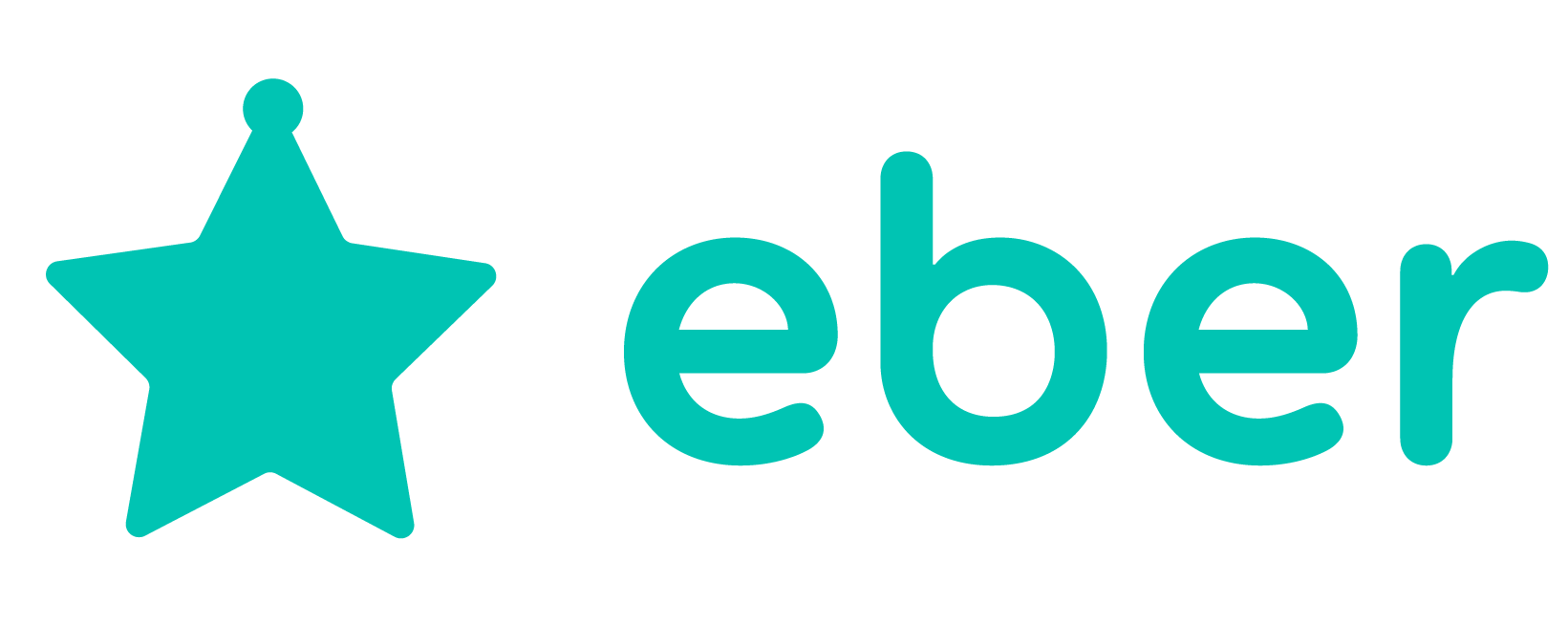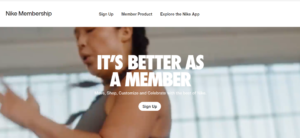A quick guide in building solid customer personas and identify opportunities within your e-commerce marketing strategies.
According to Hubsport, websites become 2-5 times more effective and easier to use when designed encasing the customer persona insights.
Another study conducted by ITSMA concludes that 90% of businesses that use customer personas have a better understanding of their buyers. This understanding, calibrated with marketing efforts, leads to better fulfilment of company goals and objectives.
For creating helpful eCommerce customer personas, this blog post outlines 7 important layers along with the common mistakes that businesses make while preparing customer personas.
Common Mistakes While Preparing a Customer Persona
Customer personas appear simple to create but there’s extensive research and experience required to prepare them. Marketers lacking that experience are unable to make accurate assessments and end up doing the following mistakes:
Creating a Single Customer Persona
Marketers often tend to collect superfluous information in their research. While the extensive information is indicative of the depth in research, it is not wise to utilize all the information in creating a single buyer persona.
The reason behind this is that information overload in a single persona can lead to variance, where the persona will no longer represent the actual customers and can lead to misaligned marketing strategies.
Solution: Use all the information to create multiple buyer personas. This way, digital marketers would be able to target every potential customer that is interested in purchasing from their brand.
Creating Lengthy Buyer Personas
Accumulation of hordes of data about target audience may be helpful. However, it cannot be studied by or shared with all the members of a marketing department. This is why customer personas are created.
They are short, concise and visually appealing to engage various marketing personnels of a company. Lengthy customer personas overlook this aspect and lead to under-utilization.
Solution: Keep customer personas to the point. They can follow an attractive template but must be easy to skim and memorize.
Not Making Customer Persona Actionable
Actionable personas remove various obstacles hindering the path to create an effective market strategy. Non-actionable personas, on the other hand, are just for a basic understanding. They do not help much in targeting and rest in a rarely opened folder after creation.
Solution: Read in layers 6 and 7 below! 😊
7 Layers of eCommerce Persona
Layer #1: Demographics
Demographics data conveys brands what makes up the largest parts of their customer base. Adding cultural, geographic and economic factors further refines the demographics to help make better ad copies.
With correct demographic analysis, a marketer can prepare content that resonates with the age, gender, culture, occupation and various other aspects of the prospects’ life. I
n brief, adding the layer of demographics is the first step to make marketing collaterals connect with your audience.
Demographics data required in effective customer personas:
- Location
- Gender
- Age
- Education
- Occupation
- Marriage Status
- Income
Layer #2: Background
Despite sharing the same demographic, customer segments of a brand can share different backgrounds. A good example of this is brands with immigrants as their main target audience. Driving schools across the US and Europe have multilingual instructors that are capable of teaching in different languages.
This is because the majority of customers of several driving schools are immigrants wanting to obtain a new driving license. Thus, by understanding the background of their main customer segments, a driving school can prepare marketing campaigns and ad copies to target them.
For example, different campaigns to target Spanish and Chinese immigrants.
Similarly, below are some other examples of driving school customers with diverse backgrounds:
|
Background |
How to Target |
|
Teenager with no driving experience |
Offer pickup service |
|
Learner who failed the driving test twice |
Offer special instructor services |
|
Working professional who can only learn at evening |
Offer evening lessons |
Layer #3: Triggers and Motivations
Triggers are what give customers a clear purpose to buy a service or product. They create a sense of urgency or need, which ultimately motivates the customer to look out for products on the internet. Recognizing triggers and motivations in customer personas is important. They help a marketing team understand the exact circumstances and the emotions persuading a customer to purchase.
Types of Purchase Triggers
Triggers can be both positive and negative, small and big and internal or external. A persona can have multiple triggers motivating him/her to purchase from a brand. Below are some examples of all aforementioned triggers of the customers of a driving school.
|
Positive Triggers
|
Negative Triggers
|
|
Small Triggers
|
Large Triggers
|
|
External Triggers
|
Internal Triggers
|
Layer #4: Objections
It is equally essential for an eCommerce company to recognize and address the objections of its customers who are unwilling to purchase its products. Objections are on the flip side of triggers and assist in refining the value proposition.
If a customer has some objections, a business can work out and offer feasible solutions to convert the customer into a prospect or just target better
Customer objections are usually overlooked by the marketing team of a business and attended by customer relations. However, embracing these objections in marketing campaigns is a more effective way to iron out the differences that barricade customers from taking action.
Examples of objections:
- Working professional – Can always find a carpool
- PTSD patient – Has a fear of driving
- Person who failed the driving test – Finds the driving lessons too expensive for the second time
Layer #5: Solutions
A persona is incomplete if it includes the objections but not the solutions. The solutions in customer personas do not need to be precise, but just a basic idea to point the marketing team in the right direction. These solutions can vary from changing touchpoints to value propositions and introducing new promotions. Some examples of solutions for the previous objections are:
- Emphasizing quality family time on a road trip that cannot be enjoyed via carpool
- Preparing content and campaigns for trauma recovery
- Launching discount offers for the school’s old customers or introducing a loyalty program
Layer #6: Touchpoints
Social media platforms are a very good touchpoint to reach out younger audiences but not so reliable for reaching elderlies and busy working professionals. Thus, finding the right set of touchpoints to connect with customers is another important part of buyer personas. It sets a clear path for the marketing team to follow and save resources on reaching out to customers.
The demographic insights provided by various social media platforms are very valuable to figure out important touchpoints. Another way is to conduct an internal analysis of the company’s sales funnel and categorize the leads by different touchpoints.
Layer #7: Customer Acquisition Cost (CAC) and Customer Lifetime Value (CLV)
Customer acquisition costs (CAC), as the name suggests, refers to the average cost spent to acquire a customer. For accurate targeting that aligns with a company’s budget, finding out the CAC is a smart option. It assists businesses in calculating the resources they require to invest in their marketing efforts in order to meet their monthly, quarterly and annual sales goals.
The formula for calculating CAC is:
CAC = Total number of acquired customers/Resources spent on sales and marketing
CAC can be further refined for every touchpoint or buyer persona by using the following formulas:
For every touchpoint
CAC = Total number of acquired customers/Resources spent on the touchpoint
For every buyer persona
CAC = Number of customers of the same persona/Resources spent on the marketing campaign
Some other benefits of CAC include improved marketing budget utilization and decreased overhead costs.
Customer Lifetime Value (CLV) is often used along with CAC. It is the calculation of the revenue generated by a customer from the time of acquisition till the end of the retention period. The formula for calculating CLV is:
CLV = Average amount spent on every order x Average number of orders placed in a year
By characterizing customer personas with acquisition cost and lifetime value, businesses can find out how much they need to spend on every persona and how much they can. In brief, both CAC and CLV are useful to evaluate the importance of each persona for the firm.
These 7 layers can assist eCommerce companies in preparing actionable personas that can be used for various purposes including marketing, branding and finding the correct value proposition.
However, accuracy in these personas is a very essential factor. Research methods such as analytical data, consumer and intra-company surveys, feedback forms and even interviews can help assist in drafting more accurate buyer personas. Several eCommerce development solutions have third-party integrations for preparing surveys and feedback forms.
Another point to consider while implementing buyer personas in your marketing campaigns is to revise the personas at a regular period. This period can be anywhere between 6 to 12 months and will help you stay updated with the changing market dynamics.




